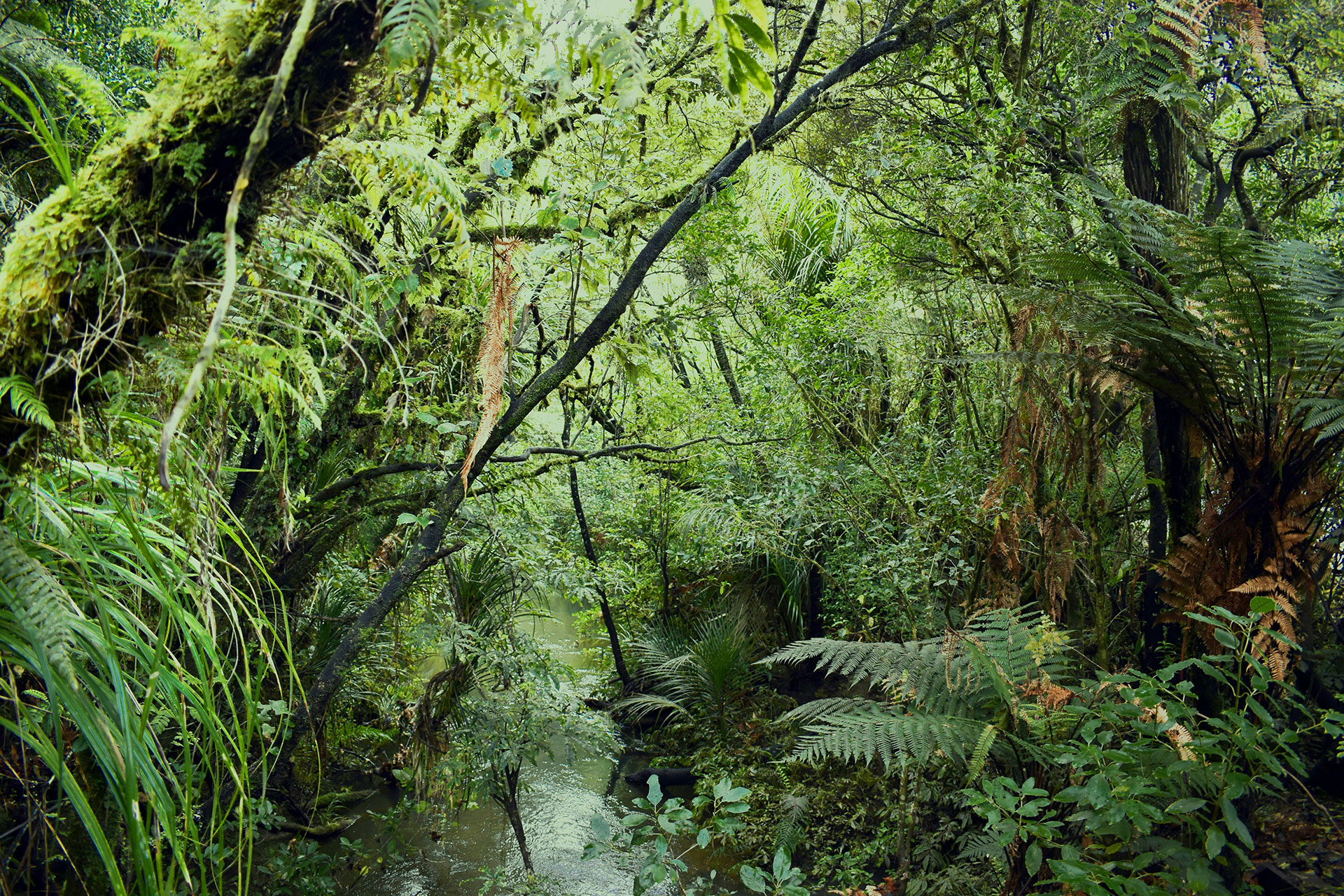Research units and groups
Discover the collaborative research environment at the University of Waikato. Learn more about our research groups and the impact they make addressing real-world challenges.


Waikato Gender Research Network (WGRN)
The Waikato Gender Research Network (WGRN) unites scholars from diverse disciplines to address gender-related research issues. It offers support, funding pursuit, and welcomes all staff and students interested in gender research.
Cold-formed Steel Structures Group
Our research explores diverse construction materials for sustainable and cost-effective solutions. We incorporate modern methods like FRP and 3D printed concrete alongside cold-formed steel for various structural elements.
Design Research Group (DRG)
Computer graphic design research emphasises visual communication and interactivity, prioritising user experience across various media, including typography and advanced experimentation.
Human-Computer Interaction Group
Researching how computer technology can better fit the user-needs, provide theories and tools to assist developers make useful and usable systems.
Machine Learning Group
Machine learning automates data analysis, aiming to uncover patterns for understanding domains and making predictions. For instance, it can construct email spam filters and mine supermarket data for customer preferences using if-then rules.
Māori and Psychology Research Unit (MPRU)
The MPRU also provides invaluable, practical experience to Māori and non-Māori students through research opportunities, quality dissemination, and professional development activities.
Waikato Robotics, Automation and Sensing Group (WaiRAS)
WaiRAS mission is to produce both world leading academic research and solutions for New Zealand industry, including horticulture, agriculture, aquaculture, dairy, forestry and construction.
-
Scent Detection Research Group
-
Securing Our Water Future: Water and Resilience Research Group
-
The Transgender Health Research Lab
-
Thermophile and Microbial Biochemistry and Biotechnology Research Unit (TMBBU)
-
UPER: Researching and Improving Postgraduate Education
-
Visualising the future: Visual-video Research Interest Group
-
Waikato Biogeochemistry and Ecohydrology Research (WaiBER)
-
Waikato's Transport Research Group (TRG)
-
WEG: Unlocking Earth's Mysteries
-
Interdisciplinary Gender Research at Waikato (WGRN)
-
Waikato Picturebook Research Unit (WaiPRU)
-
Pioneering Robotics and Automation: The Waikato Robotics, Automation and Sensing Group